Tatvan
Tatvan is a district of Bitlis, located on the western side of Lake Van in the Eastern Anatolia Region. It is larger in terms of population and surface area than the Bitlis province to which it is affiliated. Haydarpaşa Station-Iran railway passes through Tatvan. Being at the junction of Diyarbakır-Van, Elazığ-Van, Siirt-Bitlis and Ağrı highways has been effective in the rapid development of the district. There are also ferry services between Van and Tatvan. Neighboring districts of Tatvan are Ahlat, Güroymak, Bitlis, Gevaş and Hizan districts. The known history of Tatvan dates back approximately five thousand years, according to information obtained from recent research. Various findings obtained during the studies carried out on the hill above the Tatvan Ferry Enterprise are dated to the 3rd millennium BC. One of the first residents of the district and its surroundings was Subarlar. Hurrians, who dominated Upper Mesopotamia in the 2nd millennium BC, probably also dominated the Tatvan region. Later, the Urartians dominated Tatvan, along with Van and its surroundings, for three centuries. After Urartu rule, Armenians made this place their home. The name of the city was first mentioned as Tadvan or Dadvan in Armenian sources in the 6th century. In the 6th and 7th centuries, the Tatvan region was the settlement center of the Piznuni dynasty, one of the powerful Armenian principalities. Almost all of the villages within the district had Armenian names until the 1960s. Tatvan, which joined the territory of the Islamic state during the reign of Ömer, later came under the sovereignty of the Shah-ı Armens (Armenshahs), whose center was in Ahlat. There is no indication that the Seljuks, who dominated Anatolia after the Battle of Manzikert in 1071, actually ruled the region. In the 15th century, Akkoyunlular, later Şerefhan (Rojki) lords who ruled in Bitlis, kept the Tatvan pier under their control. Ottoman sovereignty was established after the Battle of Chaldiran in 1514, and after it virtually disappeared in the early 17th century, it was only re-established in the 1840s. The name Tatvan is Armenian and means the town of the region name Dadik/Tatik. Evliya Çelebi, who likes to narrate local legends, records that after walking eastward for three hours from the Rahova (Rahva) Plain, the Taht-ı Van castle was reached and that the local people called it Tatvan. This place is on the edge of Lake Van, it is the property of the Van Pasha, and is administered by Subaşı. According to Evliya Çelebi, Zal Pasha had a small castle built here during the reign of Suleiman the Magnificent. Tatvan Castle was later destroyed by Iranian armies during the reign of Shah Tahmasb of Iran. When Tahmasb's armies invaded the Ahlat and Adilcevaz castles, they destroyed the castle here in order to prevent aid from going to Van with ships from Tatvan. But despite this, Tatvan maintained its importance as a port from now on. In the 1879 Ottoman Yearbook, Tatvan appeared as a village connected to Kotum (Küçüksu) Town. At that time, the entire population consisted of approximately 650 Armenians in 100 households. It had a church and primary school dedicated to St. Theodore. With the law number 1509 enacted in 1929, the provincial center of Bitlis was abolished and attached to the province of Muş, and Tatvan was annexed to the province of Van.[2] Bitlis district, which remained under the province of Muş for about six years, became the center of the province with the law no. 2885 dated December 25, 1935, and Tatvan was connected to Bitlis again.




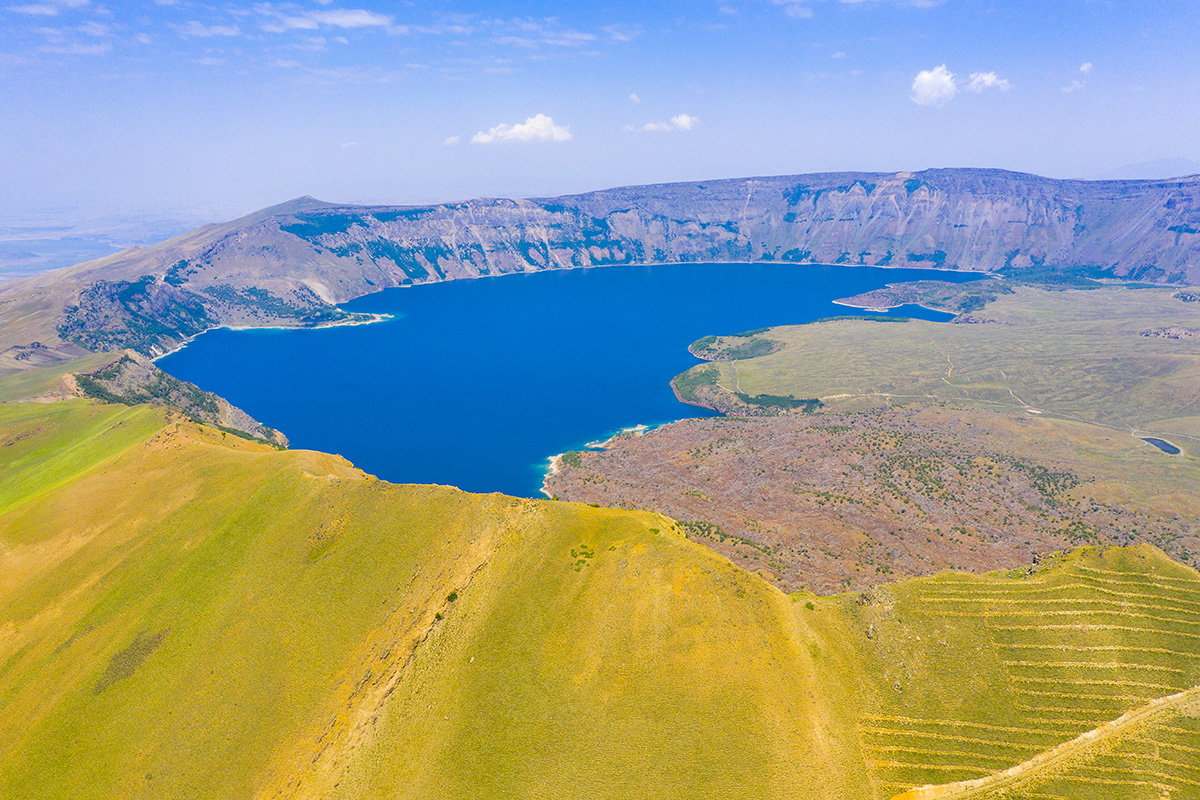
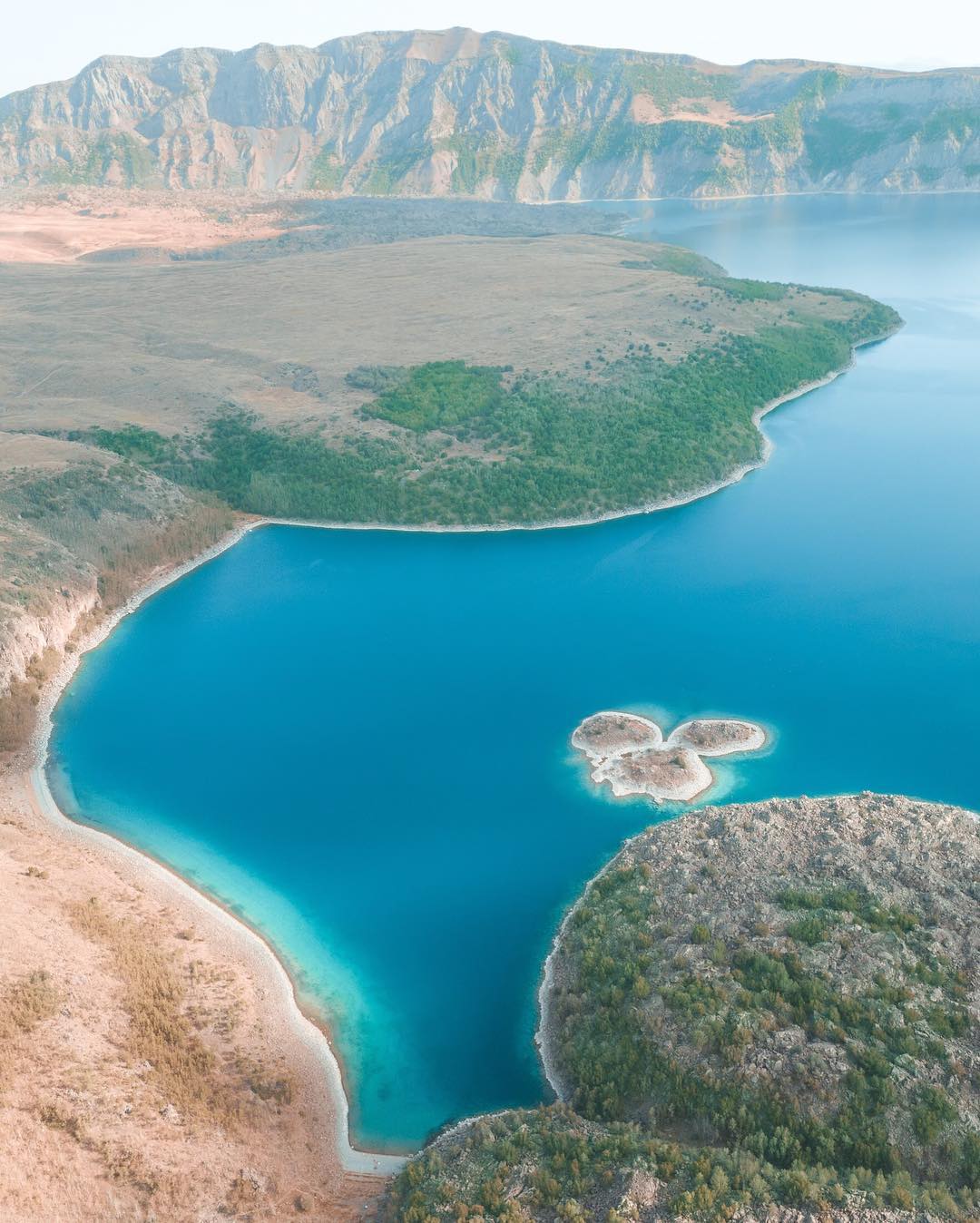
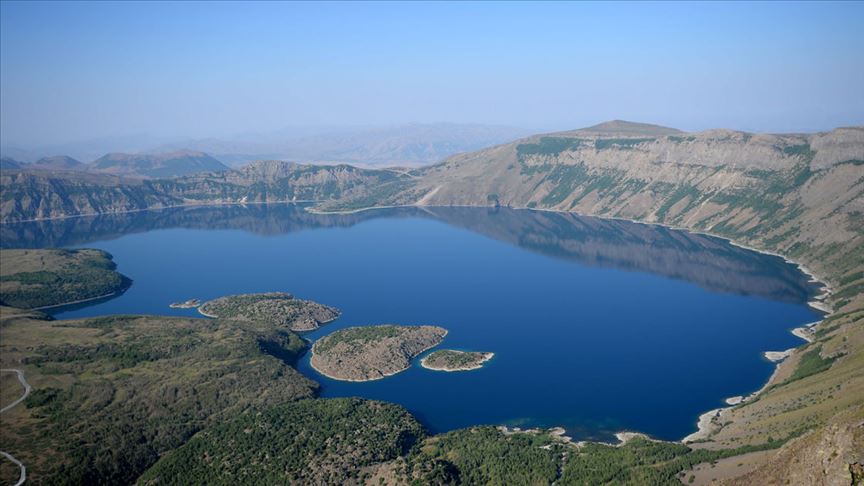

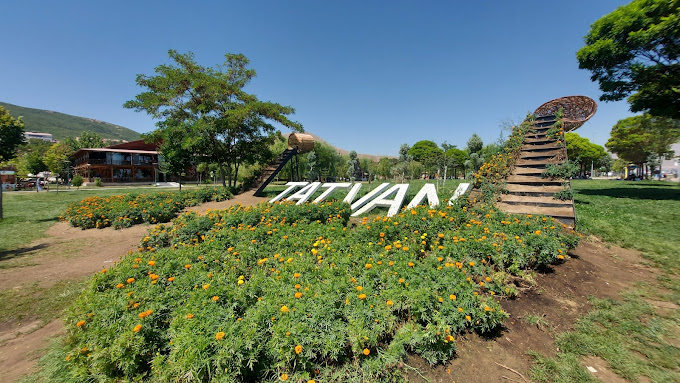
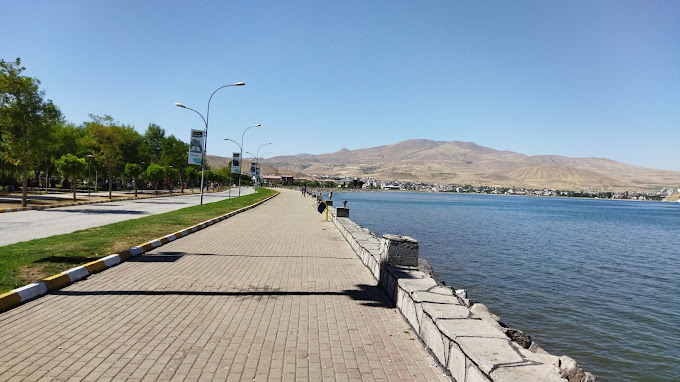
Leave Your Comments